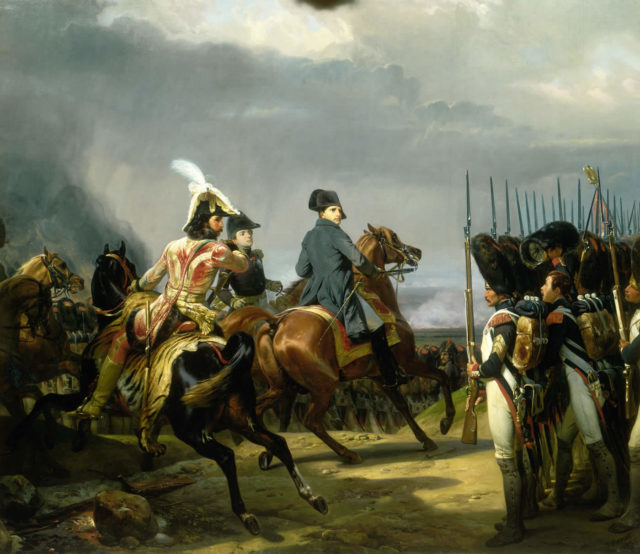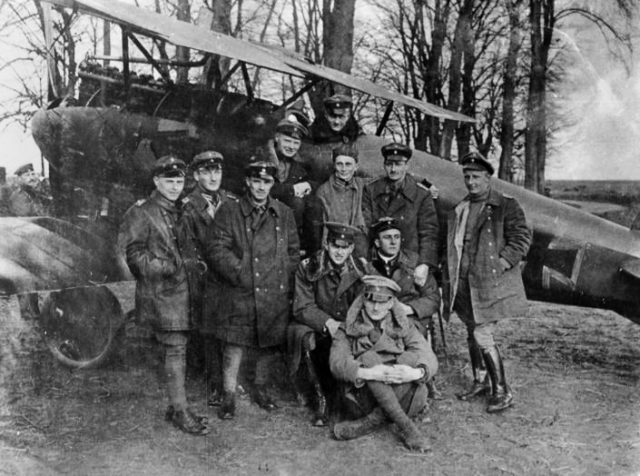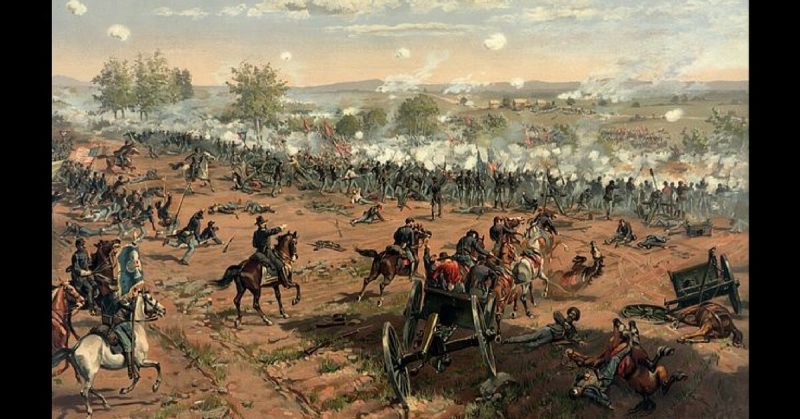Some commanders achieve exceptional results by following the rules and sticking with the normal approach. Others achieve greatness through innovation and outlandishness.
These are some of those mavericks.
Alexander the Great
Building on his father’s achievements, this Macedonian leader transformed his army. He abandoned heavy supply trains for fast movement, pushed relentlessly into new territory, and did what others considered impossible.
Always ready to adapt, he adopted new weapons and fighting styles, including turning his shield-bearers into a commando-style strike force. As he roamed the world, he was always ready to embrace new ways of fighting.
Oliver Cromwell
An unshakable personality in a time of substantial change, Cromwell rose from obscurity to become king of England in all but name. He achieved it through decisive command of his cavalry and dedication to professionalism. Under him, England developed a highly trained, uniform standing army for the first time in its history. He was a leader people would look back on and emulate.

Napoleon
One of Cromwell’s admirers, Napoleon began his career as a swift and cunning commander. In Italy, he darted around the country, dividing and conquering. In central Europe, he defeated superior numbers through battlefield cunning and an army transformed by his leadership. Although his tactics later stagnated, he had a metamorphic effect on European command.
Shaka Zulu
One of Africa’s most daring commanders, Shaka Zulu inherited a tribe and forged an empire. Like many military greats, he instilled discipline and strict training.
His work went far beyond that in reconstructing Zulu society to support his armies. He abandoned long throwing spears for short stabbing ones making his troops deadly in close quarters fighting. He trained his men to run dozens of miles barefoot and then immediately fight in battles.
Simón Bolívar
The man known as the Great Liberator, Bolívar believed with unswerving passion in the cause of Latin American independence. When Spanish control of its colonies began to waver, he led armies that freed an area now occupied by a dozen different countries. He marched his men through mountains and jungles, taking enemies by surprise, and emancipated the region’s slaves to ensure support for his war.
Stonewall Jackson
Perhaps the most eccentric commander of the American Civil War, Jackson was also one of the war’s greatest generals. A strict disciplinarian, he offended his men with his harsh punishments even as he won them over with concern for their welfare.
Through fast and unexpected maneuvers, he consistently outflanked and surprised his enemies. He defeated four Union armies in the Valley Campaign alone. In a time of industrialized war, he served near the front, sometimes taking part in hand to hand fighting alongside his troops.
Giuseppe Garibaldi
More than any other figure, Garibaldi was responsible for uniting Italy. He raised an army of volunteers that became a movement, outfought professional armies, and drove the Habsburg Empire out of Italy. Uncompromising in his principles, he forced the hands of politicians through successes they had not sought and thereby created a nation.
Lawrence of Arabia
T. E. Lawrence was a British officer working in the Middle East during the First World War. Deeply attached to the Arab people, he led their forces in a succession of raids against Turkish supply lines. He adopted Arab culture to the extent it shocked his superiors and he became caught between the two cultures. As Britain reneged on promises to its Arab allies, Lawrence kept fighting for their rights.
Paul von Lettow-Vorbeck
The commander of German forces in East Africa in World War One, Lettow-Vorbeck knew he was completely outnumbered by the British. He, therefore, reorganized his men for guerrilla fighting and withdrew into the interior. Through four years of rough living and guerrilla raids, he distracted armies a dozen times the size of his own.
The Red Baron
Baron Manfred von Richthofen was the greatest air ace of the First World War. His daring, cunning, and mastery of aerial tactics were unmatched. He began a trend among German fliers for brightly painted planes, earning his unit the title of the Flying Circus. Serving as a mobile force up and down the lines, they struck terror into their enemies.

Heinz Guderian
Having seen British tanks at the tail end of World War One, Guderian became fascinated by them. He developed the tanks and used tactics that brought Germany so much early success in World War Two. He was also one of the few officers able to stand up to Hitler, repeatedly arguing with the Fuhrer and yet surviving.
George Patton
Trained as a cavalry officer Patton, like Guderian, saw the rise of tanks and knew he wanted to make use of them. He became America’s most gifted tank commander and one of its leading generals in the Second World War. In France in 1944, he advanced so decisively that his tanks ran out of fuel. His swift maneuvers saw the Americans race through Germany and defeat Hitler’s counter-attack.
Colorful and opinionated, Patton clashed with colleagues and superiors and was relieved of his command on more than one occasion.
Orde Wingate
A singular figure who did not get on well with his peers, Wingate was a great commando leader. Leading British Chindit forces in World War Two, he launched penetrating attacks far behind Japanese lines. His created strongholds deep in the jungle, untouchable by conventional forces. He repeatedly clashed with his more traditional peers, who undid much of his work after he died in service.
Vo Nguyen Giap
Vietnam’s greatest general, Giap led his nation to success against the French and Americans, reuniting north and south. His supply systems and guerrilla tactics allowed him to strike deep into enemy territory. He cut off heavily armed opponents and achieved significant victories with inferior technology.
Sources:
David Chandler and Ian Beckett (Eds) (1994), The Oxford History of the British Army.
Charles Rivers Editors (2014), The Red Baron: The Life and Legacy of Manfred Von Richthofen.
Mike Duncan (2013-2017), Revolutions Podcast.
Alan Forrest (2011), Napoleon.
David Rooney (1999), Military Mavericks: Extraordinary Men of Battle.
